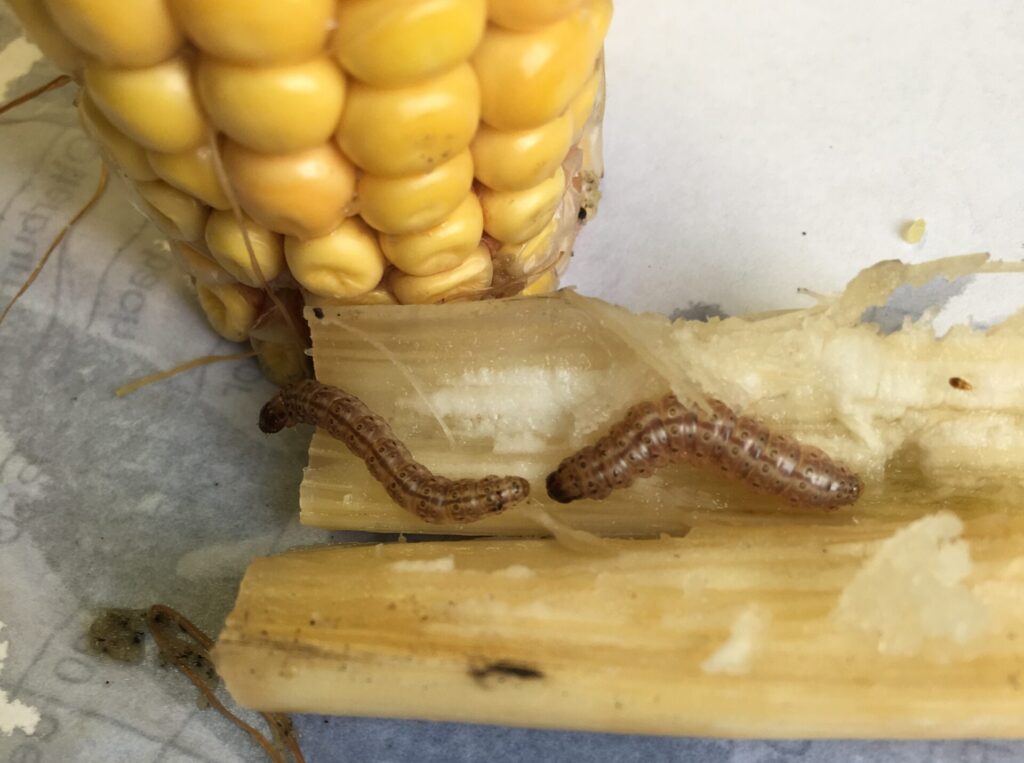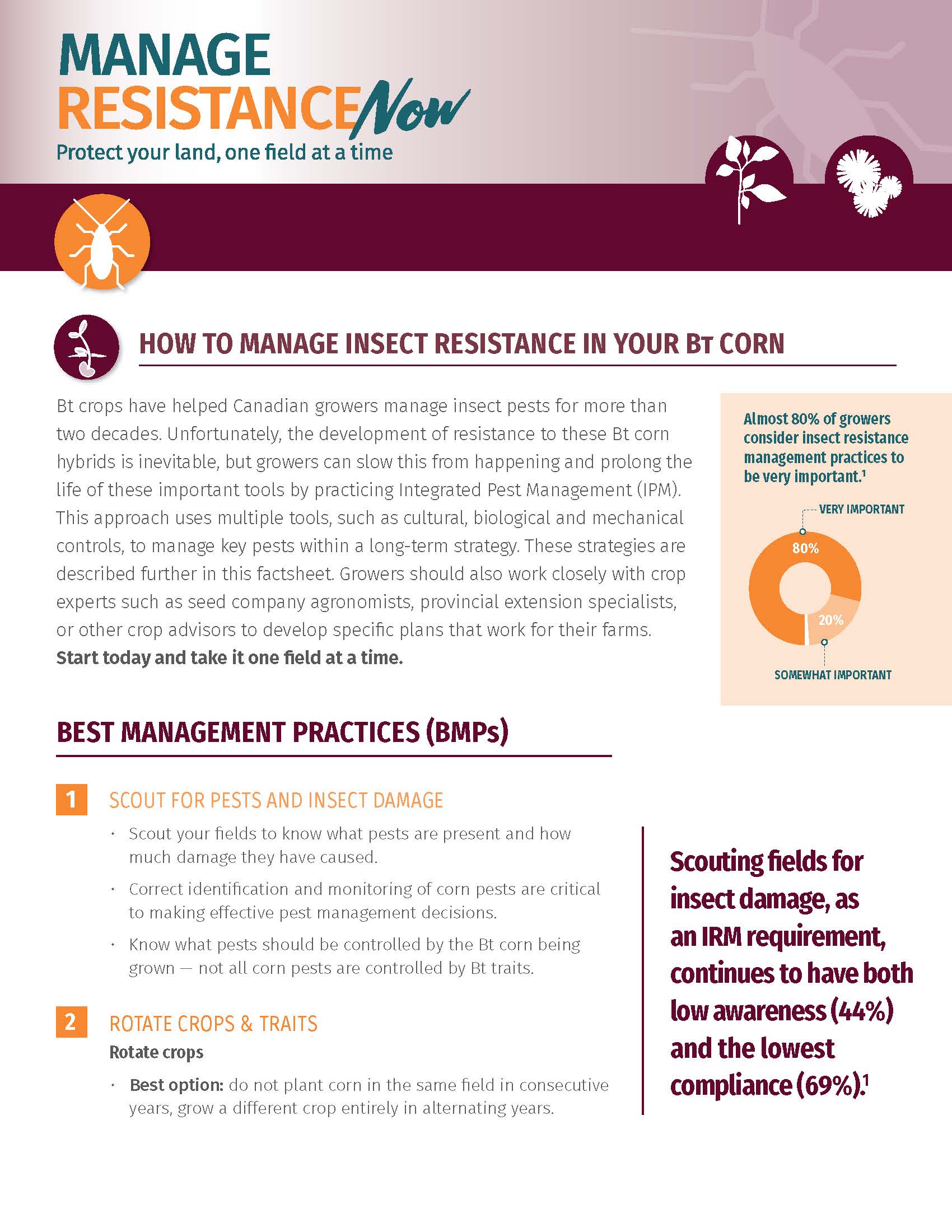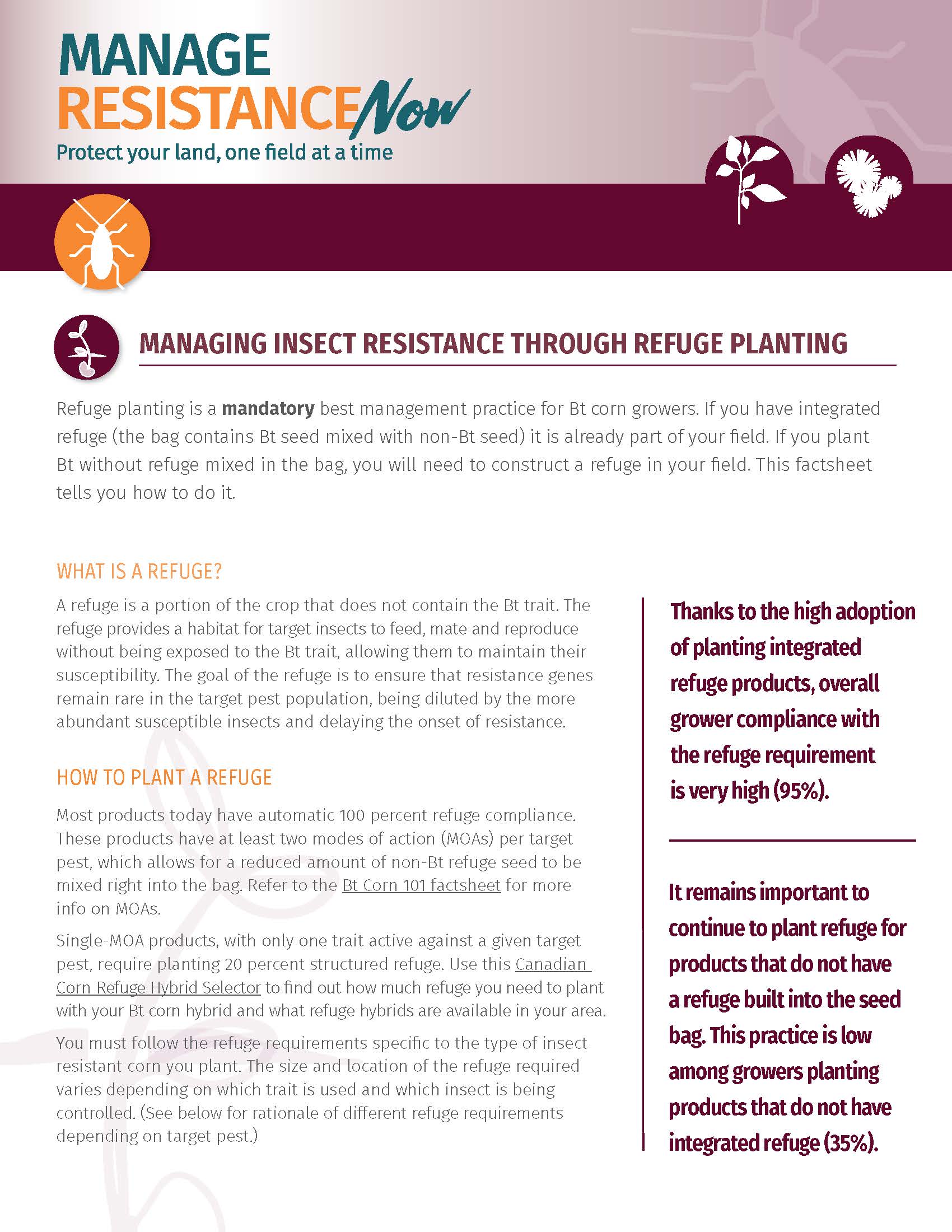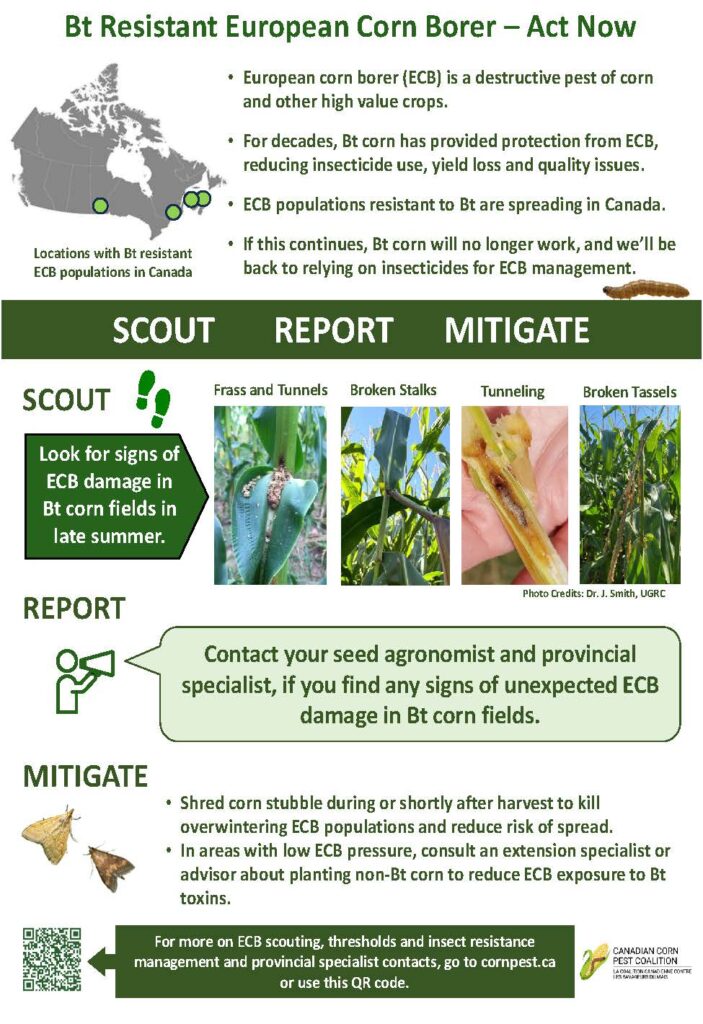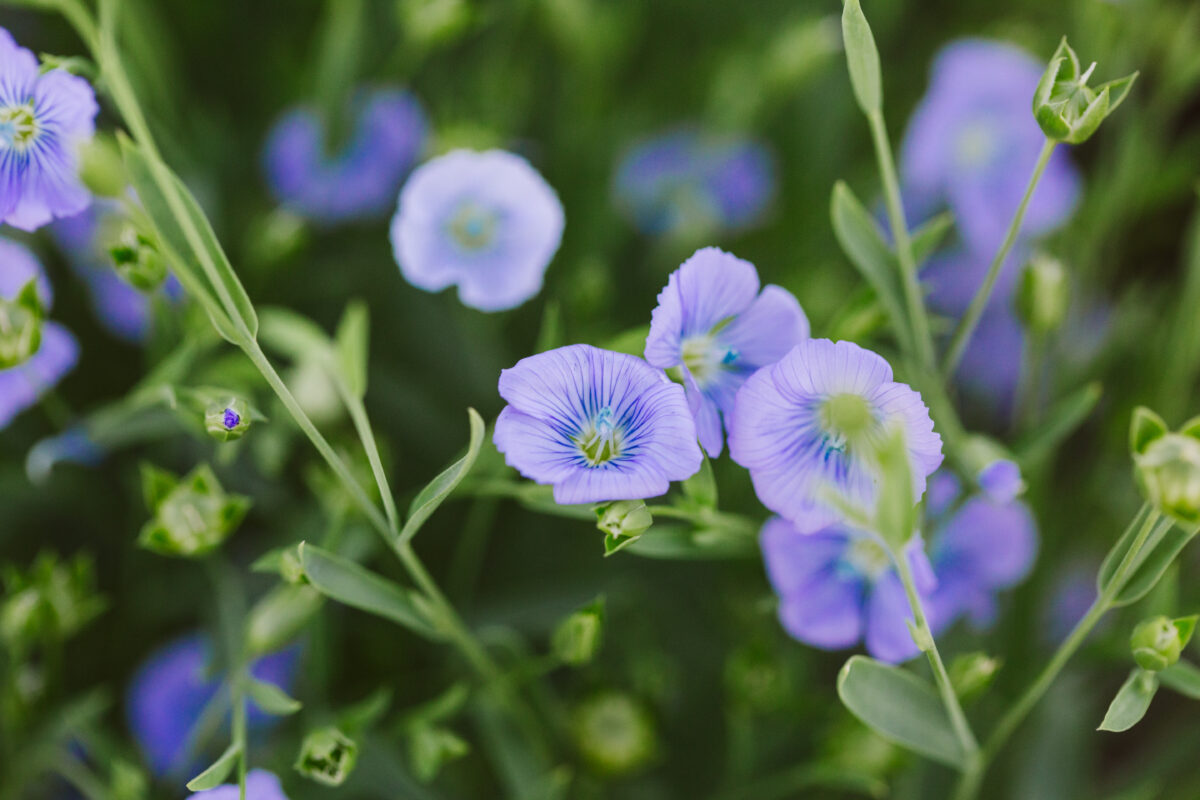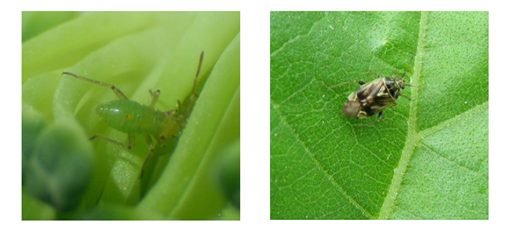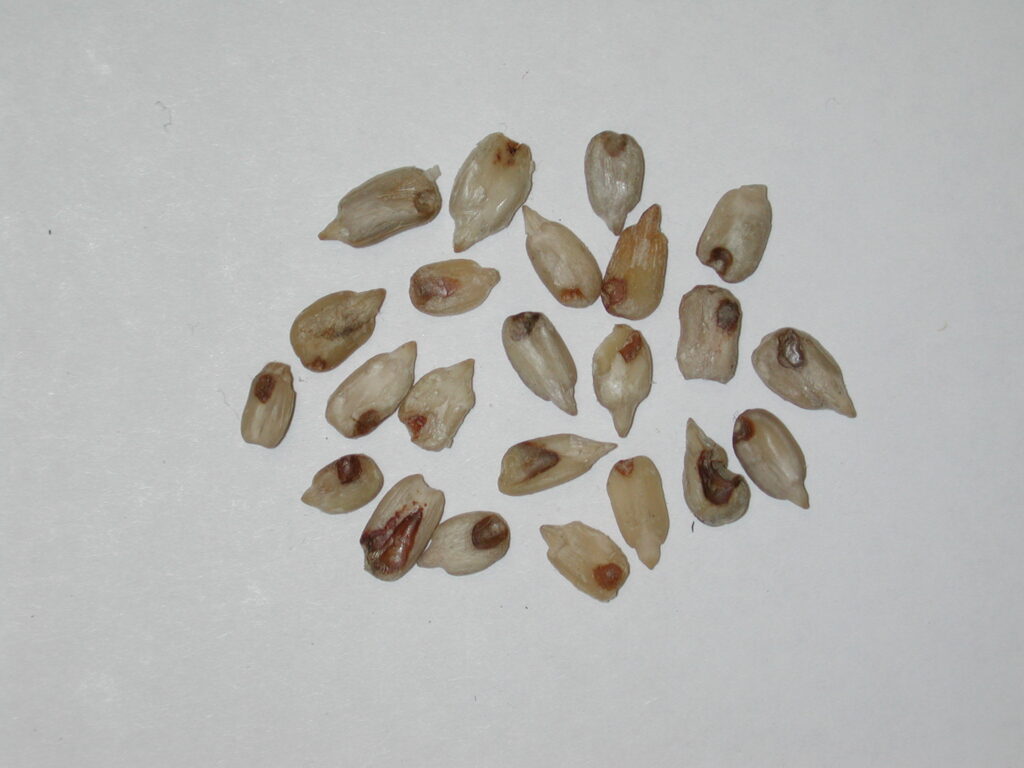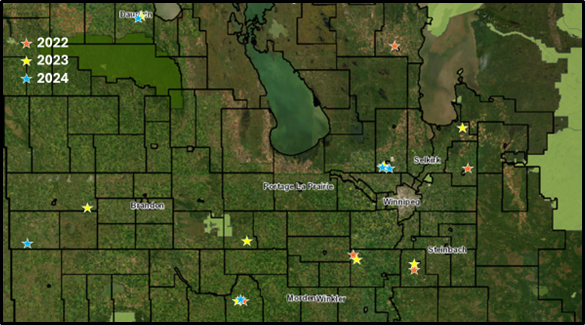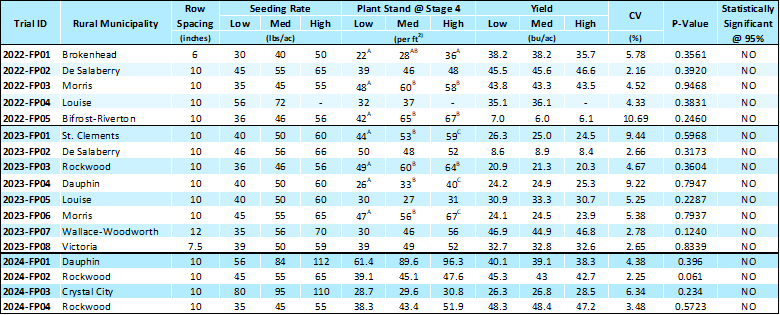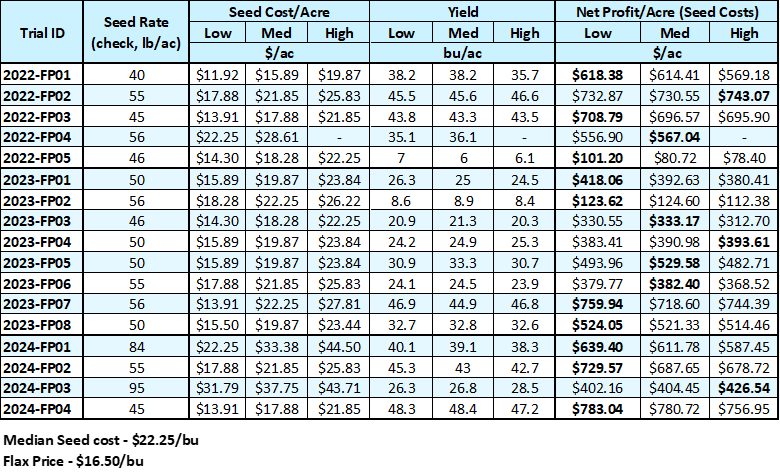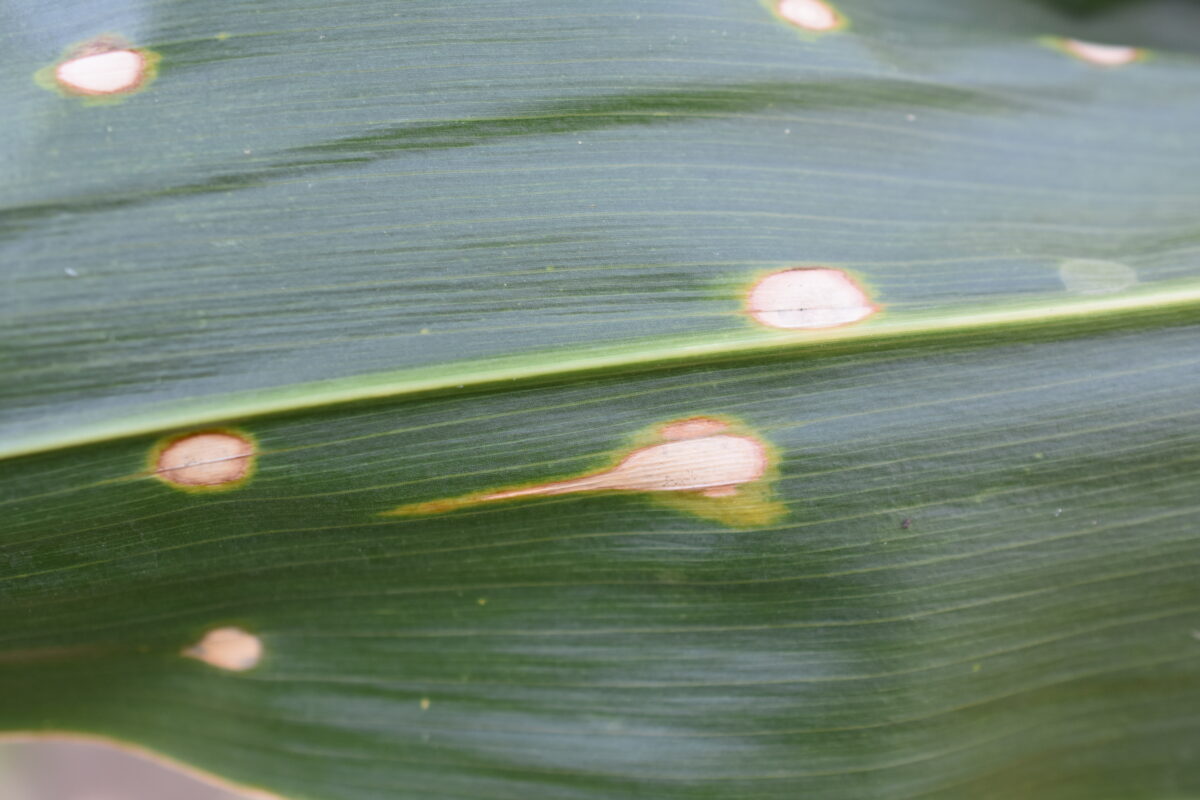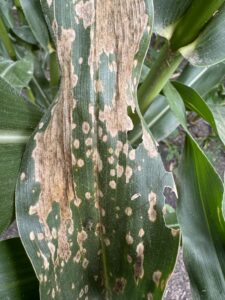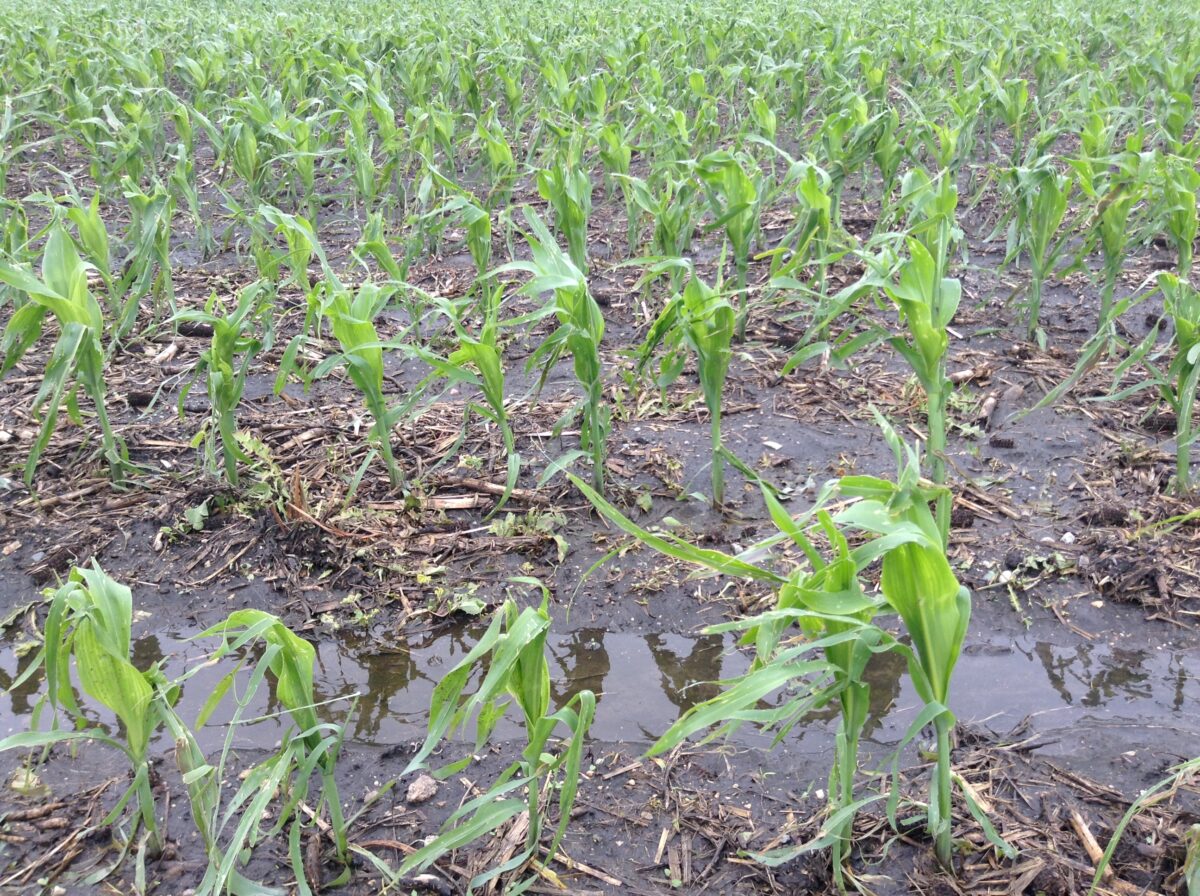Emergency Use Registration: Avian Control For Use as Blackbird Deterrent in Sunflower
Manitoba Agriculture, Manitoba Crop Alliance and Avian Enterprises® are pleased to announce that Avian Control® Bird Repellent has been approved for use to deter blackbird feeding in sunflowers in Canada.
The need for a product used to deter blackbirds from feeding on sunflower crops has been identified as a need in Manitoba due to the significant losses recorded by farmers. Sunflower seeds are particularly vulnerable to predation by blackbirds due to the high nutritional value and easy accessibility.
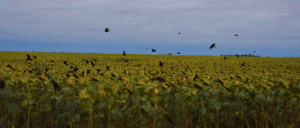
After nesting, blackbirds form large flocks and begin feeding in grain fields nearby. Feeding begins in sunflowers soon after petal drop and most of the damage occurs during the following three weeks. Peak concentrations of blackbirds occur in mid-September, coinciding with the crop reaching physiological maturity.
Farmers have alternative options to applying a deterrent, like Avian Control ®. Alternate practices include planting far away from roosting areas, like cattail marshes and woodlots, or planting at the same time as neighbours to spread feeding damage over more acres during seed maturity. Insect and weed control will reduce the pre-season food source for blackbirds before the crop reaches a susceptible stage for feeding. Delaying cultivation or harrowing of crop stubble in neighbouring fields increases alternate feeding area for hungry birdlife. Desiccation to advance harvest and getting the crop harvested as soon as possible also reduces exposure.
Another effective management practice is to control cattail production areas, which reduces nesting sites for blackbirds. Managing cattails does take a significant amount of time and should be a collective project for local farmers to deter blackbirds from roosting in a large geographic area, to be effective. Scare methods, like bangers or sound devices, to frighten birds away from the area have achieved different levels of success, but birds tend to start tolerating certain tactics after a period and return to host crops.

How does Avian Control work?
The active ingredient in Avian Control is methyl anthranilate. This active irritates a bird’s trigeminal nerves, which are sensitive to smell and taste, and causes a temporary, non-harmful, but unpleasant sensation to the affected bird’s eyes, beak and throat. The first birds to visit the treated field associate this discomfort with that location and communicate this information to the rest of their flock, instructing them not to feed there.
Methyl anthranilate is a food-grade additive, naturally derived from Concord grapes. It is a non-toxic, non-lethal and humane repellent, recognized as safe for humans and other animals. Due to the nature of this product, it does breakdown on surfaces much quicker than pesticides and will likely need to be applied more than once for continued efficacy.
Crop Specific Instructions for Avian Control
- Apply Avian Control to ripening sunflowers before damage by blackbirds begins to occur
- Do not apply when crop is wet or rain is expected
- Repeat treatment at 6 – 8 day intervals if significant crop damage from blackbirds begins to occur
- Avian Control may be applied up to the day of harvest
- Use with non-ionic surfactant at 0.06 – 0.25% v/v
- DO NOT exceed 5 applications per year
For full Avian Control label on sunflowers, click here.
Please contact Avian Enterprises for more information on Avian Control and product orders:
Jon Stone
President, Avian Enterprises
1 (888) 707-4355
https://aviancontrolinc.com/products/avian-control/




